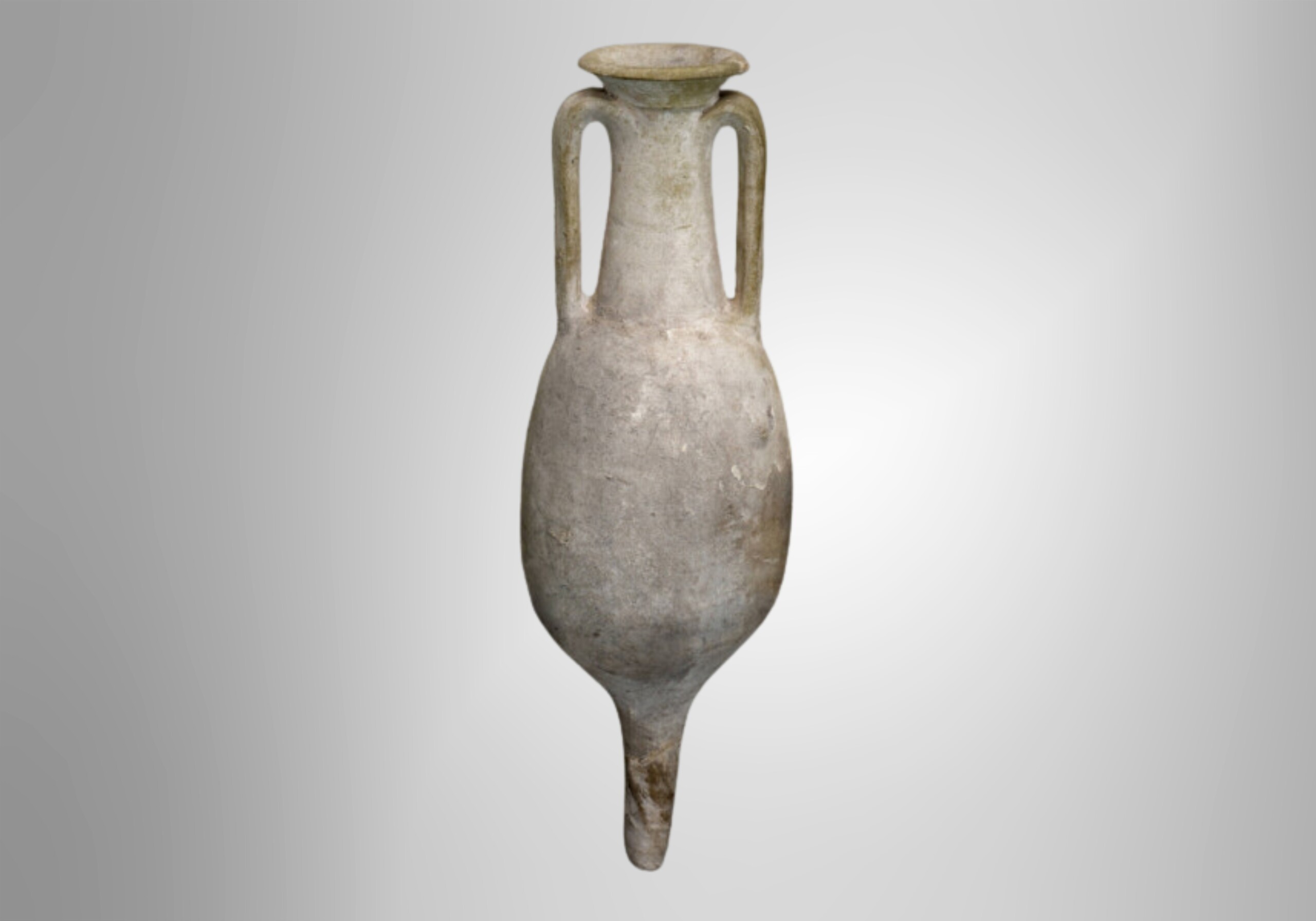
in Français / French translated by Zerui
This object has been translated into 9 different languages by 8 different users
Cette amphore romaine a presque 2000 ans. Elle a été trouvée à l’origine à Cadix en Espagne, et a été ramenée au musée comme un exemple complet de ce type de récipient de stockage. La forme pointue du fond était telle qu’elles pouvaientse trouver les uns contre les autres en toute sécurité lorsqu’elles sont empilées. Il est utile de la comparer à des pièces cassées trouvées dans des fouilles à Manchester -parce que ces pièces étaient faites d’argile, il était donc facile de les utiliser et de les jeter.
Quelles sont les choses que vous utilisez puis jetez, et quelles choses utilisez-vous encore et encore?
Do you have something you’d like to say, in your own language or English, about the object or translation? We’d like to hear what you think.
Translations are community-sourced and for anyone to participate in, however you use your language. For more information, see Community Guidelines.
27 Jun, 2023
Notes on culture
In Rome, there is a port on the river Tiber called Emporio. This port has been used since ancient Roman times and it was particularly useful to receive goods and materials that arrived by sea from the port of Ostia and sailed up the Tiber.
Over the centuries the amphora shards, which were used to hold grain and liquid foodstuffs during transport, accumulated in a mound. This mound became so substantial in size to be awarded the name “Monte dei cocci” (“Mound of shards”).
Today, this mound is commonly known as Monte Testaccio. It is surprising for tourists and Romans to know that the famous Testaccio in fact an artificial hill formed by shards and various debris.
Nowadays, Testaccio is one of the most popular neighbourhoods in Rome. It is one of the cultural centres of the Eternal city but, throughout the centuries, it always managed to maintain its genuine and familiar spirit as Rome’s working-class district.
20 Nov, 2025
I would like to visit Testaccio to buy pizza Ebraica from a famous kosher cake shop called Boccione.